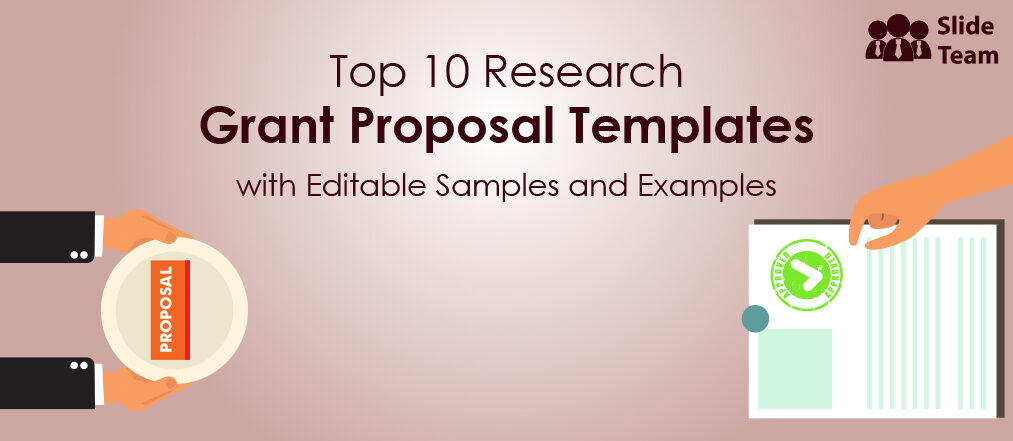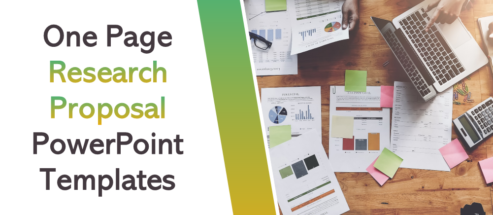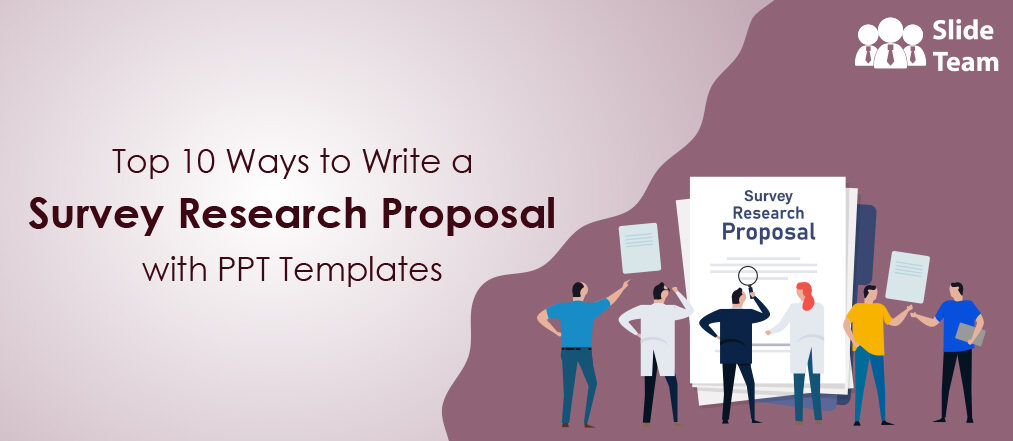A research proposal is a preliminary document submitted to the approval authority to state the major objectives of a research project or study. It includes the reason for the research, guidelines, methodology, and benefits.
A research proposal also includes the methodologies and strategies to carry out the research. When writing a thesis, dissertation, or research paper, research proposals are required.
Components of a World-class Research Proposal
1. Introduction
This is an initial pitch for your research study meant for sponsors, approval authorities, and related professionals. The aim is to help them understand your love and passion for the subject. It should answer the following questions in brief:
● What is the central idea or problem to which this research will find a solution?
● What methods will be used?
● How should the research problem be analyzed?
● What benefits will it offer to society, sponsors and participants?
Learn how to draft an attention-grabbing introduction for your research proposals with the help of PowerPoint presentation templates using this guide.
2. Background and Significance
In this section, describe the roots of your research study. Write this section assuming your audience needs an explanation for everything. This section will work as a dictionary for technical jargon used in research.
3. Literature Review
Mention existing studies and literature pieces associated with your research. The purpose of a literature review section is to show former publications as evidence of the originality to support your research. Write your own understanding of these previous findings. Do not copy the literature or its wording.
Add comments where you feel those studies are lacking and how your study will fill that void.
A literature review is rich in information and, hence, needs to be written in simple and understandable language. Structure the literature review in a compact, readable manner. We suggest breaking up the literature review into categories for easy assimilation and dissemination.
Pro tip: Choose an alphabet like “C” and make five categories starting with the same alphabet. Example as follow:
- Cite: Choose, write and give the main focus to facts, previous studies, and literature or its parts related to your research problem.
- Compare literature on aspects like thesis, methods, themes, and approaches used. Answer questions such as what do the authors agree on? Who else takes a similar analytical approach?
- Contrast the myriad of arguments, approaches, procedures, and controversies that authors have expressed. At which point do these pieces of literature contradict each other?
- Critique the literature: Two parts of questions are answered here: which and why. Write your thoughts on which literature you found convincing and why. Why is a strategy, idea, thesis, or findings more appropriate, reliable, or valid than others?
- Connect: Draw a connection between your research and the literature. To demonstrate your understanding, end your literature review with a conclusion. Present to the audience how your work is related to, is different from, or is a synthesis of previous research efforts.
4. Research Design and Methods
In this section, you will discuss data collection methods, techniques used to analyze that data, and validation of outcomes. This passage is important to convince the reader that the method you used was the most suited for your research purpose and that the results obtained are valid. As the reader is not actually reading your research, he/she might not be aware of the method and results; therefore, it is crucial to draft this section in a logical and thoughtful manner.
The best practice to follow while writing this section is to explain the methodologies in light of available literature. While describing a research operation, including the time you will spend completing the task. Finally, do share the obstacles you will encounter during your research and ways to go negotiate these obstacles.
5. Preliminary Suppositions and Implications
In this section of the research proposal, you will share expected results and their impact on policies, existing research, future studies, and daily life. Use this part to talk about potential benefits and the research process. Answer questions like how this study will impact ongoing research.
6. Conclusion
Reiterate the importance and significance of your research in the conclusion. After reading this section, one must have the answers to questions like what prompted the research, solutions someone gets from this study, research design, and potential implications.
7. Citations
Cite the resources used to draft the research proposal. You can do it in the form of ‘references’ or ‘bibliography.’ This section shows that these are the sources for your research, and the work is accomplished (not duplicated) using these sources. A standard format of writing the citations is, e.g., source - author - history.
Pre-designed Research Proposal Sample Templates
Research proposals are crucial for planning and presenting your investigation in a coherent manner. It allows you to get funds showcasing your knowledge of the problem domain. Here’s a list of 10 pre-designed research proposal templates, each allowing you to present your bid in a unique way.
1. Research Proposal Steps PowerPoint Sample Template
This comprehensive step-to-step guide will help you understand the process of designing a proposal. With the help of our sample research proposal presentation deck, you can lay emphasis on elements of the research proposal that suit your specific needs.
2. Academic Student Research Proposal PowerPoint Presentation
Academic research is a detailed study of a problem and finding facts and solutions through systematic and scientific procedures. While you are new to the world of research and presentation, this Academic Student Research Proposal Sample Template is the best way to start.
3. Research Paper Proposal PowerPoint Presentation
Once you find facts, literature, and other knowledge related to your research, how you present it to the audience is the convincing factor. This research paper proposal presentation example will help you impress the audience with your findings presented in an organized manner. Some of the pointers you get are issues addressed, proposed solutions, constraints, current practices, and advancements with this presentation template.
4. Research Proposal For Thesis PowerPoint Presentation
Our designers devised this research proposal sample for a thesis with great effort to add value to a research project. It covers a list of resources, data collection types, data analysis methods, and approaches to data collection. Using this template, walk your potential sponsor through the thesis timeline, from reading and research to other tasks and milestones.
5. Research Proposal Template PowerPoint Presentation
Research has become a common thread in professional industries and pursuits as a way of testing the waters. In-depth research will be the first step when you want to penetrate a new market or improve an existing business. This template will help you draft a research proposal as a way to know the game you are going to play.
6. Business Research Plan Proposal PowerPoint Presentation
Organizations are investing massive amounts of money and resources in market research. This is a huge opportunity if you are running a research services firm. Cash in on this opportunity with this research proposal template to help our clients spot an opportunity before anyone else. Download now!
7. Qualitative And Quantitative Market Research Proposal Presentation
Research involves both quantitative and qualitative results. Employ this research proposal template to convince investors that you are the master of both techniques. Share the timeline, research objectives, deliverables (in terms of numbers), methods, investment, and key achievements with this sample research proposal template.
Use trusted quantitative & qualitative analysis methods to analyze research proposal data and present it in comprehensive manner with these sample presentation templates.
8. Market Research Proposal For New Product PowerPoint Presentation
Businesses must know what customers expect from their products. For this, organizations start their product development with thorough market research. Design a winning bid and land new clients using our content-ready market research proposal. Help your organization or clients develop high-quality products in sync with demand with this market research proposal PPT layout.
9. Business Advancement Research Proposal PowerPoint Presentation
Identify solutions to questions like profitable investment areas, target audience, and customer demands with the help of this template. Promise your clients an efficient market penetration strategy to generate revenue and increase the customer base with the use of this research proposal presentation template.
10. One-pager Survey Research Proposal Presentation Template
One of the seven methodologies to conduct successful research is the Survey. It helps gather massive data. Draft a survey research proposal using this ready-to-use presentation template and help the organization understand the market. Impress your client with your research and presentation skills with this pre-designed one-page proposal template.
The Final Goal
From marketers to engineers, everyone uses research proposals with two objectives in mind. The first is to get the audience’s attention towards a problem, and the second is to secure funding. After studying multiple successful research proposals, our exclusive templates are designed to help you meet the research objectives.
Use our research proposal presentation templates designs to draft your research proposal and win clients in the first meeting!
FAQs on Writing A Research Proposal
1. What is the format of a research proposal?
A research proposal is a formal way to standardize, present ideas, and think about a significant matter or issue. The best format for drafting a research proposal is simple; it is similar to writing a detailed research thesis. It should start with an introduction of your research, including background, literature review, reason, benefits of research, potential implications, conclusion, and references.
2. What are the seven parts of a research proposal?
Drafting a proposal in an intelligent and comprehensive manner is important for better connecting with all stakeholders. You can do this by dividing the research proposal into seven small and interconnected parts:
1. Title page and cover letter: Start your research proposal with a neat and professional cover letter. It is an integral part of a business research proposal, request for proposal (RFP), and funding proposals.
2. Table of contents: It is an all-inclusive guide for the reader so that he/she can easily reach the section of his/her interest.
3. Introduction/summary/abstract: Here, you share a brief about your research problem and the solution you offer. Convince the reader that you have deep and comprehensive knowledge about the subject.
4. Background and significance: This is an extended part of the introduction. It helps the audience gain familiarity with the subject by putting the relevant or existing proofs forward. Here, you also share the importance and benefits of your study.
5. Literature review: It is the most complex and technical part of the proposal. Make it as simple as possible to keep the reader on track. It shares previous relevant breakthroughs in your problem domain.
6. Plan or approach: In this part, you will share and compare the methodologies, techniques, approaches, and reasons why they are the most suited for your research question.
7. References: This part is important as, here, you demonstrate your source material for gaining specialized knowledge or expertise. It validates the authenticity of your research work. References in research are essential to prove that your research is unique and original. This section is important as it also shows that your work is a synthesized or advanced version of previous research. It is not duplicated or plagiarized.
3. What are four things you should include in your research proposal?
The most basic research proposal must include at least these four things:
1. Research Overview
2. Research context
3. Research Methods
4. Significance and implications
4. How long is a research proposal?
There is no standard upper or lower limit to the research proposal length or word count. It should answer these questions in detail — what is your research question, your proposed solution, how do you plan to do it, and what benefits will it give to investors and society? You should aim to complete the proposal in less than 2,500 words.
5. What is the most important part of the research proposal?
An executive summary or introduction is the most important of a research proposal. It introduces your work and also lists its aim. One must draft it creatively to ensure the stakeholders are curious and impressed and want to know more.
Download the free Research Plan Proposal PDF.


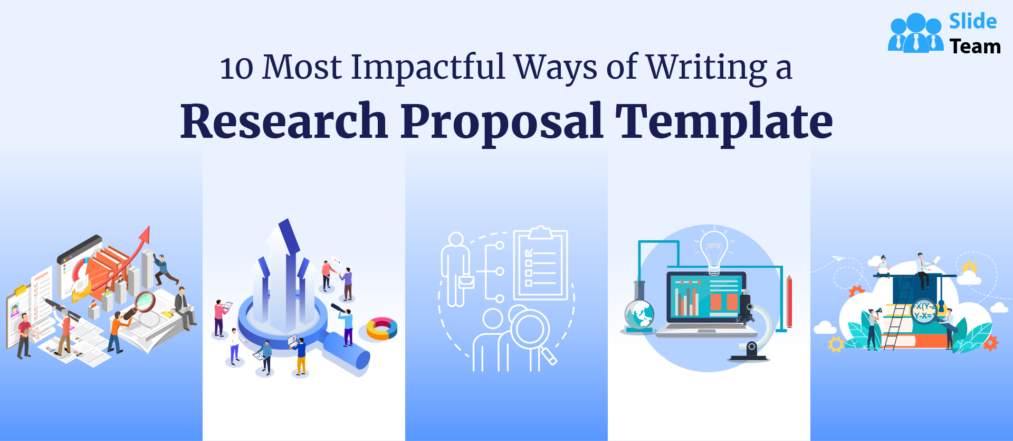


 Customer Reviews
Customer Reviews

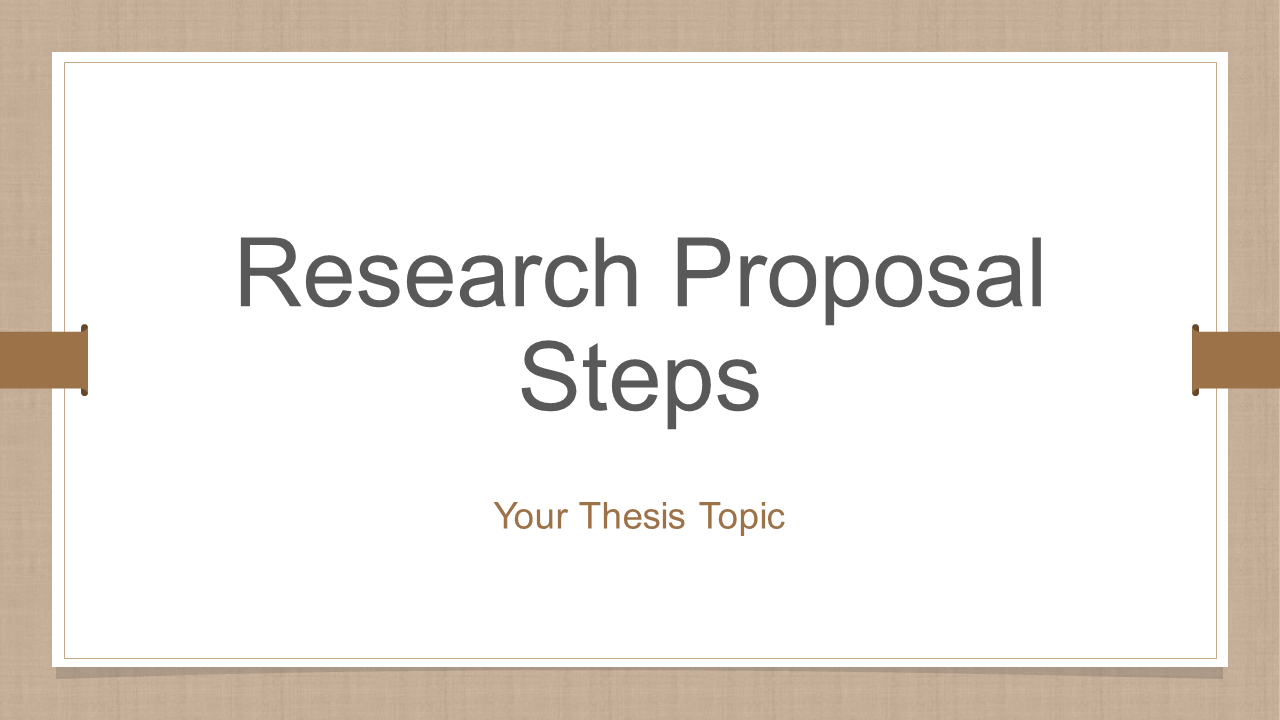
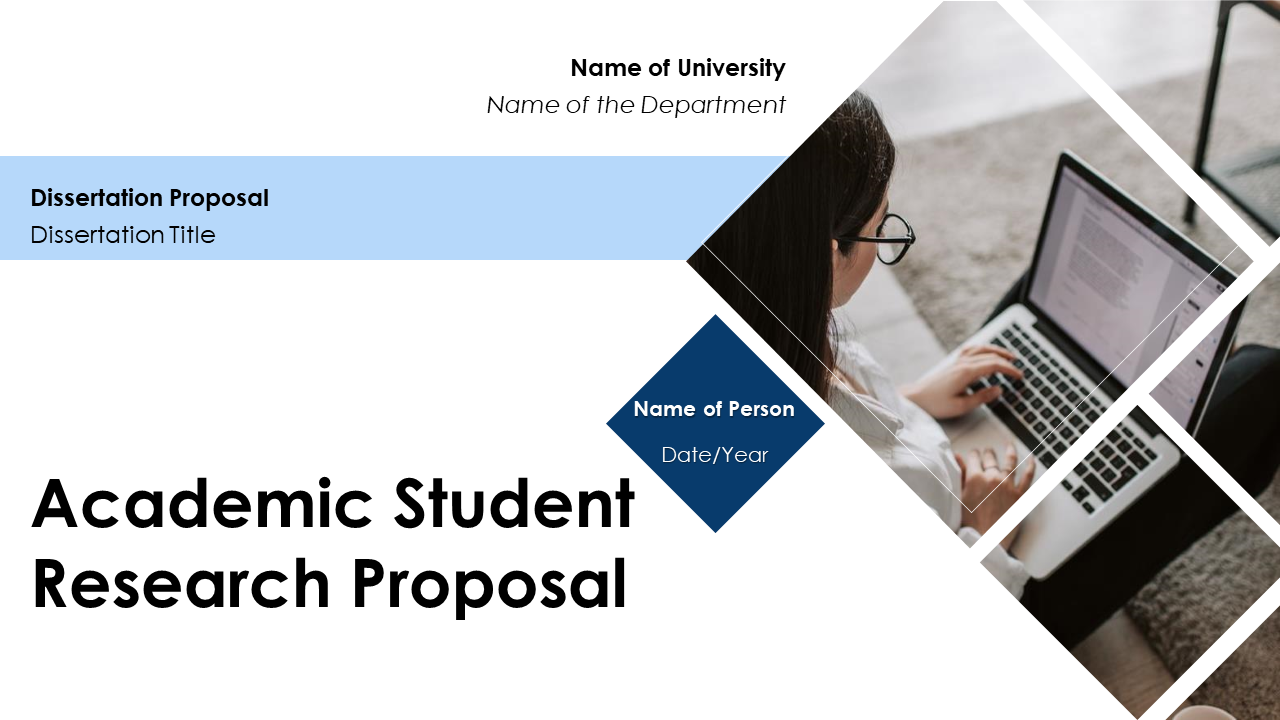

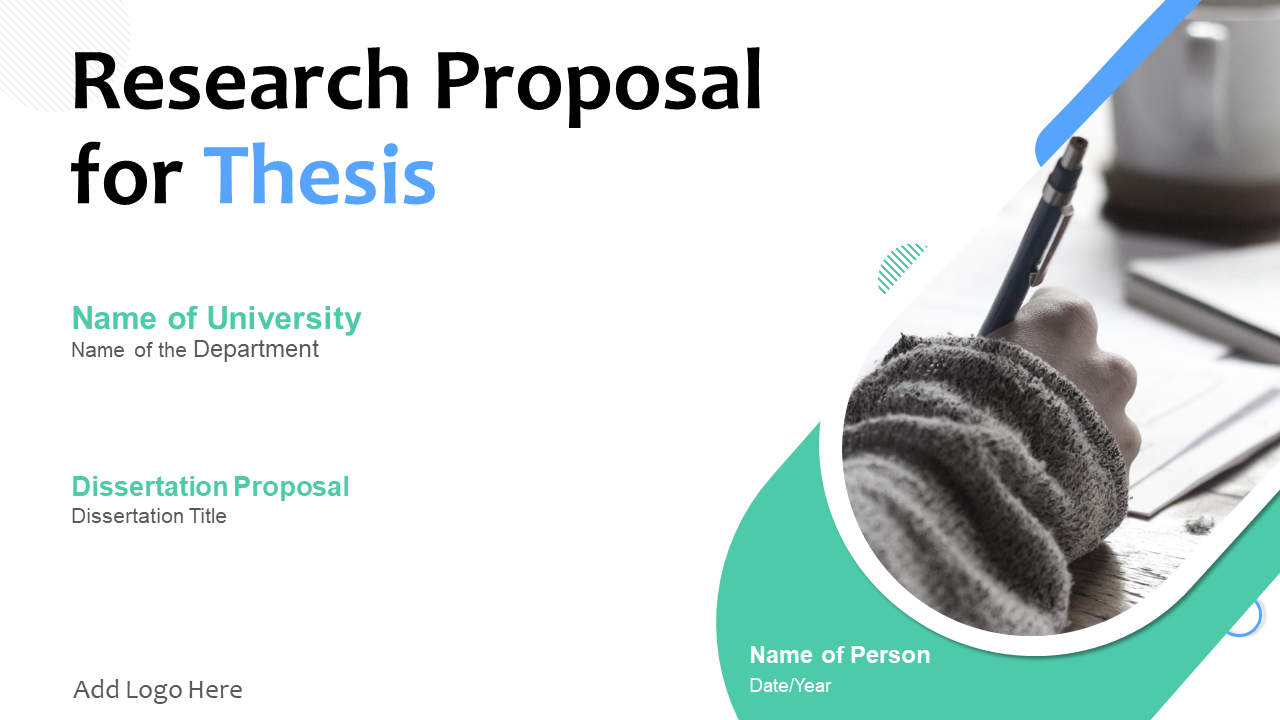
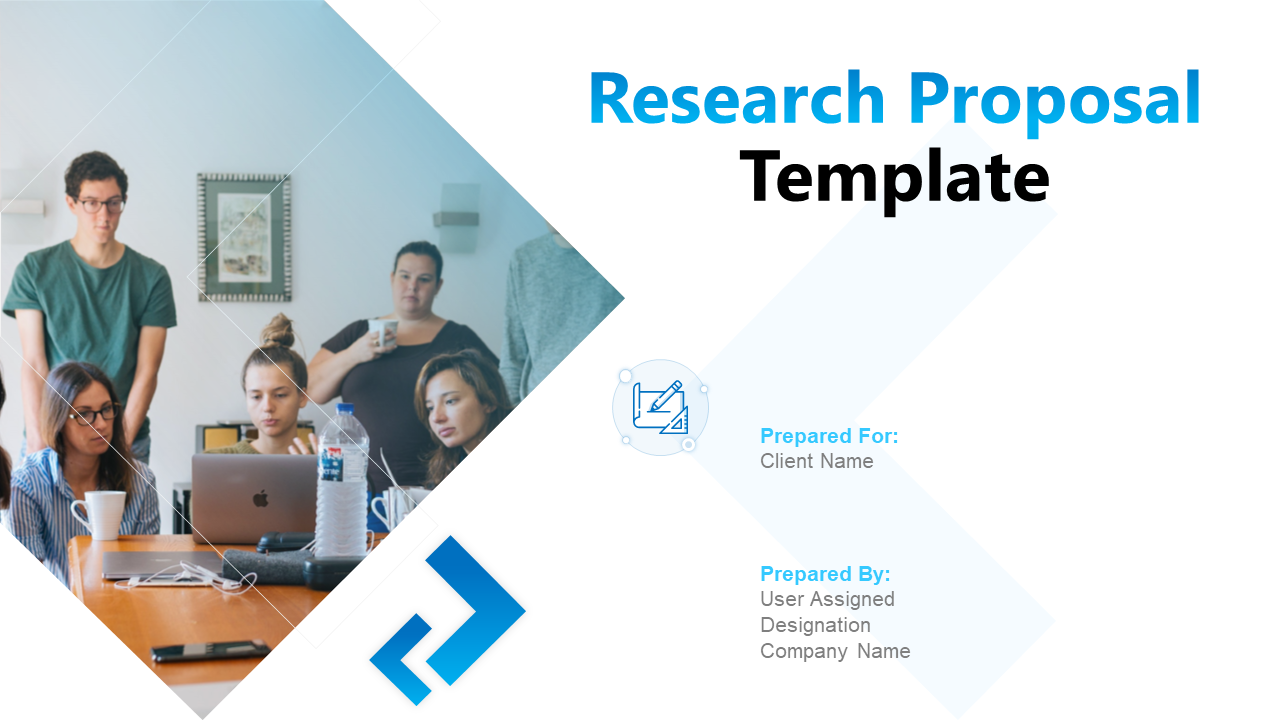


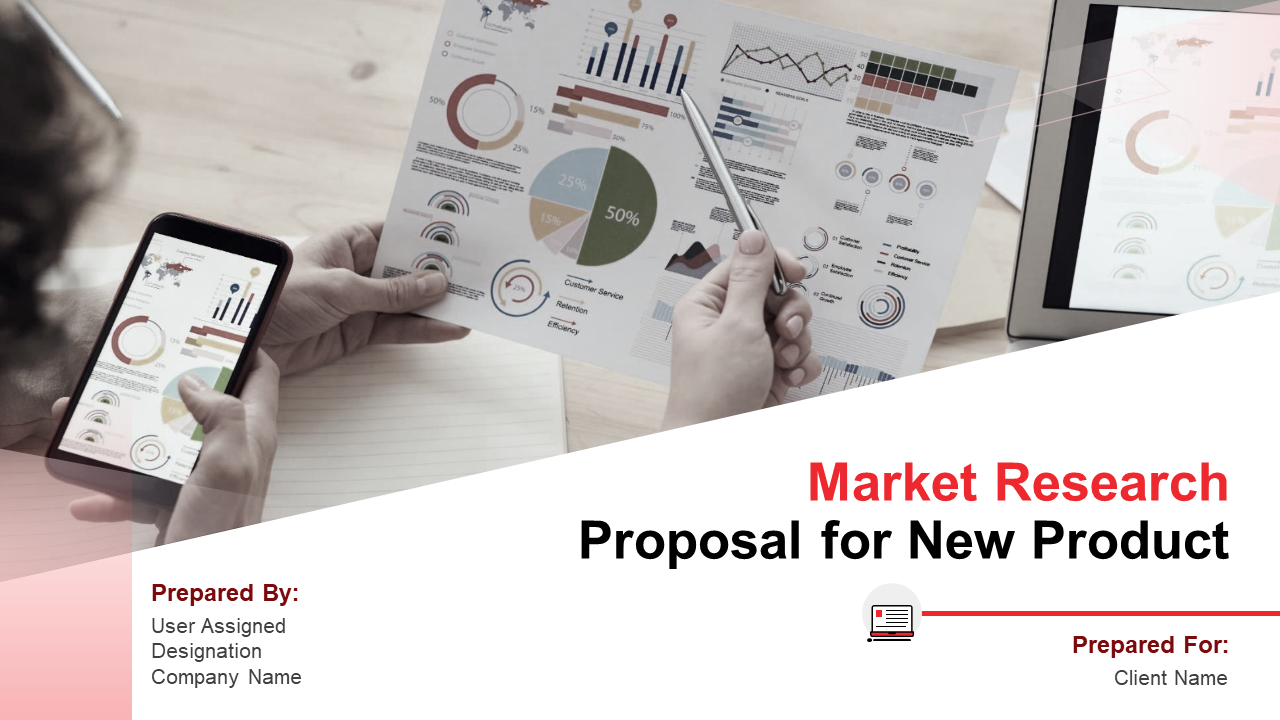

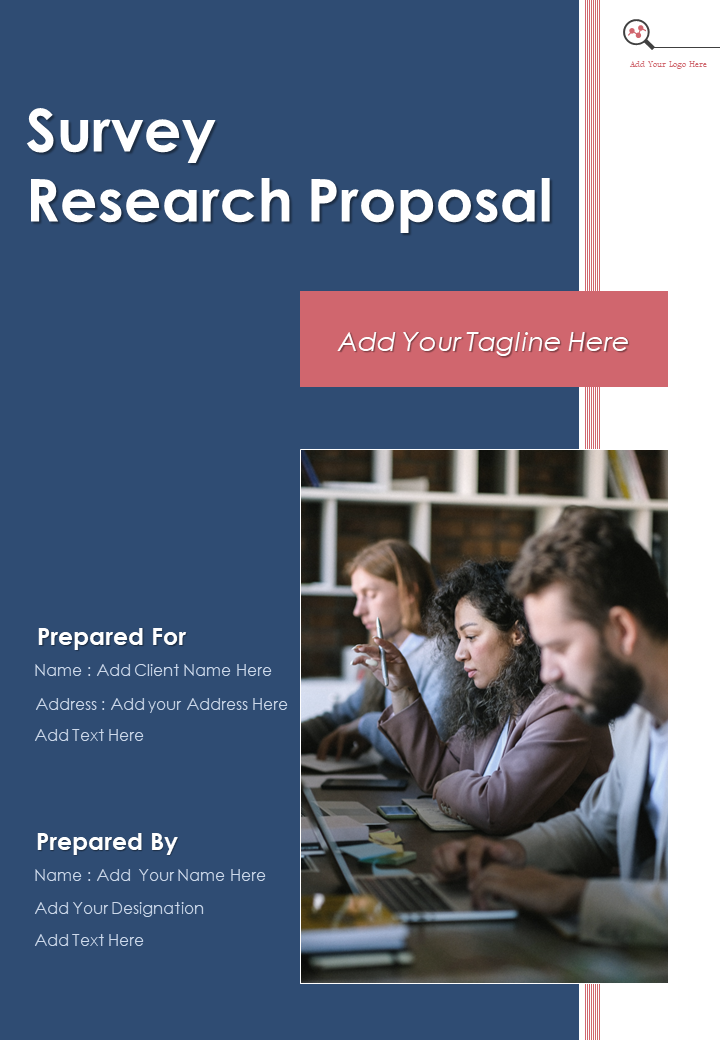




![Top 10 Research Roadmap Templates To Trace Your Journey of Innovations and Expeditions [Free PDF Attached]](https://www.slideteam.net/wp/wp-content/uploads/2022/03/1013x441no-button-20-1013x441.jpg)

